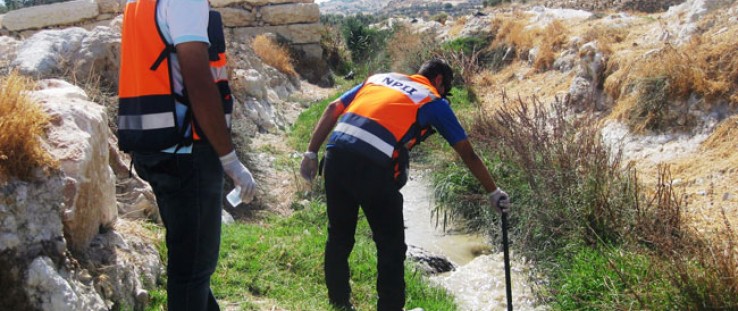 USAID project staff regularly test the water downstream to check for traces of slurry.
Black & Veatch
USAID project staff regularly test the water downstream to check for traces of slurry.
Black & Veatch
 USAID project staff regularly test the water downstream to check for traces of slurry.
Black & Veatch
USAID project staff regularly test the water downstream to check for traces of slurry.
Black & Veatch
HEBRON, West Bank—The daily rumble of trucks carrying rough stone into Hebron’s industrial zone and leaving with finely cut slabs of marble may be a bit loud, but the residents of the city in the southern West Bank gladly tolerate the noise. They know that the increased truck traffic is the result of growth in the local stone-cutting industry and that the increased business translates to jobs for local Palestinian workers.
But meeting the increased demand from local and international builders for prized Palestinian stone also presents an acute environmental and public health issue for those on both sides of the border: slurry.
Palestinian stone exports account for more than $100 million annually, making stone one of the top Palestinian export products and a leading source of jobs. An estimated 500 companies employ approximately 16,000 workers across the West Bank, with approximately 100 of those companies located in the Hebron Industrial Zone.
The slurry from these companies, a congealed substance made up of water and fine dust, can clog pipes and block streams. For almost a decade, slurry from the Hebron Industrial Zone was simply being released into the municipal wastewater system. Further downstream in both the West Bank and Israel, Hebron’s slurry was causing blockages, creating stagnant pools that rendered nearby crops useless and attracting disease-carrying mosquitoes.
“The illegally dumped slurry continued to flow downstream even beyond the sewer network. It discharged from the pipelines into downstream valleys within the West Bank, ultimately flowing into the intake area for an Israeli wastewater treatment facility near Beer Sheva,” explained Daniel Hollander from USAID’s Water Resources and Infrastructure Office. “The slurry’s complex and unique pollutant composition caused severe problems for the treatment facility’s operations, as the plant was not designed to handle such saturated, unique forms of industrial wastewater.”
The Israeli Coordinator for Government Activities in the Territories was growing increasingly concerned about the broader environmental impact in both Palestinian and Israeli areas. USAID recognized in early 2012 that Israelis and Palestinians alike had an interest in ending the illegal disposal in slurry, both because of its environmental and health hazards and because of the key role the stone and marble industry plays in the West Bank economy.
“We have to put an end to this problem and this crisis because just pouring the sludge into the network of the wastewater is a crime,” said Khaled Osaili, then-mayor of Hebron.
Immediate Remedy
In May 2012, Bassam Refai, then-director of USAID’s Water Resources and Infrastructure Office, and his team met with factory owners and officials from the Hebron municipality, the Palestinian Water Authority and the Israeli Civil Administration to work on a mutually acceptable solution.
They reached an agreement, and within weeks USAID was partnering with the municipality of Hebron to help stop the slurry’s release into the wastewater system. Illegal connections to the sewer system were sealed, and liquid slurry waste from factories began being transported to a central processing plant where it is treated and water is recovered for reuse by the factories and the municipality.
Now more than 15,000 cubic meters a month of liquid slurry waste and solid sludge is transported to a municipal landfill where it is used to form a cover over solid waste.
Local residents notice the changes. “Sometimes these manholes used to be blocked because of the slurry which caused blockage in the sewage network that led to flooding inside the houses on a lower elevation than the factories. Now, the roads are clean in the industrial zone, which has a positive impact on the residents, especially the children who walk to school,” says Amjad Al Atrash, who lives near the factories.
“We can’t deny that the health problems the residents of the industrial zone used to face are reduced. This can be noticed through the number of patients who used to come visit my clinic for the treatment of problems resulting from dust allergies,” says Dr. Ibrahim Al Haj, a local physician.
For the many villagers living near the Yatta landfill, the layer of slurry and sludge has served another purpose—capping the smells emanating from the hills of trash and reducing the number of disease-carrying flies and mosquitoes. Local mothers say they and their children not only have fresher air to breathe, but they feel safer because there have been significantly fewer feral animals feeding on the household garbage in the landfill.
Tamer Abu Sneineh, a 24-year-old resident of the Hebron Industrial Zone, says, “The biggest positive impact is the decrease of the dirt and dust in the polluted air. Many factories used to leave their slurry near the main road, which caused problems, particularly in winter, affecting traffic and pedestrians, especially kids on their way to school. This is over now, the environment and air are now cleaner.”
Stone company owner Ahmad Shehdah Zain said the initiative “has solved the problem of where to dispose of the sludge.” Other owners praised the new system and the speed at which a long-term problem for the industry was resolved.
The Israelis downstream are also noticing an improvement. “This is a win-win-win plan—the international community is pleased, we’re pleased, and the Palestinians are pleased,” said Lt. Col. Grisha Yakobovitch, head of the infrastructure bureau at the Office of the Israeli Defense Forces Coordinator.
Long-Term Solutions
USAID is exploring possibilities for how stone and marble companies can pursue long-term solutions to the sludge problem. Among the ideas: Companies could buy individual filter presses, which dry and compact the slurry. The water forced from the slurry is then reclaimed for reuse in cooling the blades used to cut the stone. The equipment could possibly be purchased from a local producer. The compacted slurry might even be turned into useful byproducts (see sidebar).
Meanwhile, downstream in Israel, Hayim Yalin the head of the Eshkol regional council, told an Israeli newspaper last fall about the benefits of the intervention. “This is the first year where the water flow did not create a mosquito problem … and there was no outbreak of West Nile Fever,” he said.
Said Khaled Osaili, the former mayor of Hebron, “I want to thank again the American people, the government, USAID for taking the lead to solve this problem … this is very serious and very essential for Hebron municipality and the people of Hebron.”
From Bothersome Byproduct to Builders' Wares
Along with Hebron’s efforts to turn this bothersome byproduct into a useful landfill cover, USAID is also investigating ways to help the sector convert slurry into commercially viable products, including a variety of building materials like gypsum boards, floor tiles, concrete bricks, ornamental fixtures and even pharmaceutical products.
“Once Palestinian companies begin to look at the sludge produced in the cutting process in the same way as other stone companies around the world see it, namely as a valuable input for the production of other goods, they’ll stop seeing it as a waste product. This would make a long-term solution for Hebron’s slurry not only possible, but also profitable,” says Kevin Fox from USAID’s Private Enterprise Development Office.
To this end, USAID has completed a feasibility study assessing the most viable commercial possibilities for Hebron’s slurry and plans to complete the refurbishment of 23 filter presses by the end of April.









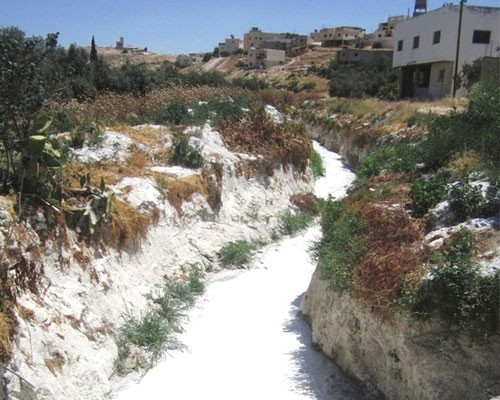
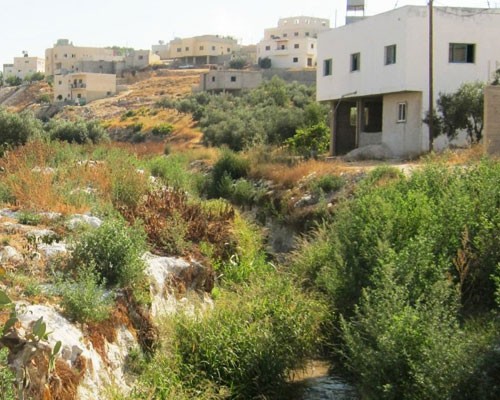
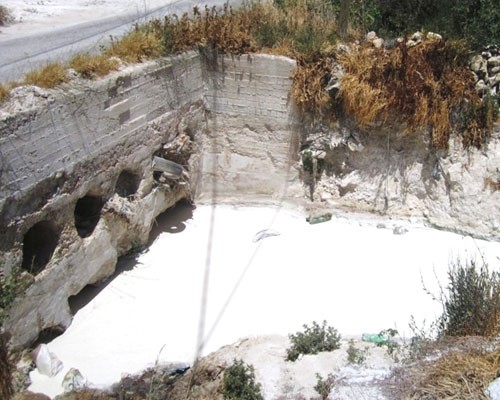
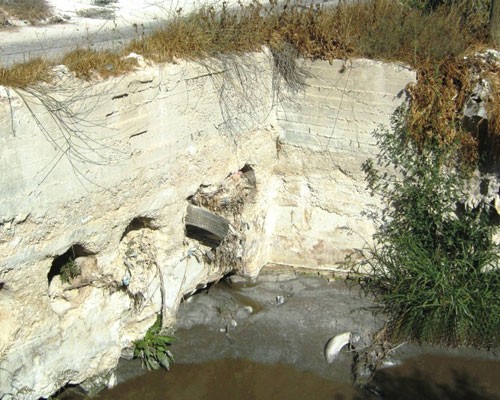


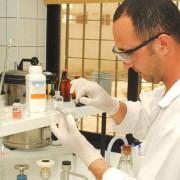
Comment
Make a general inquiry or suggest an improvement.